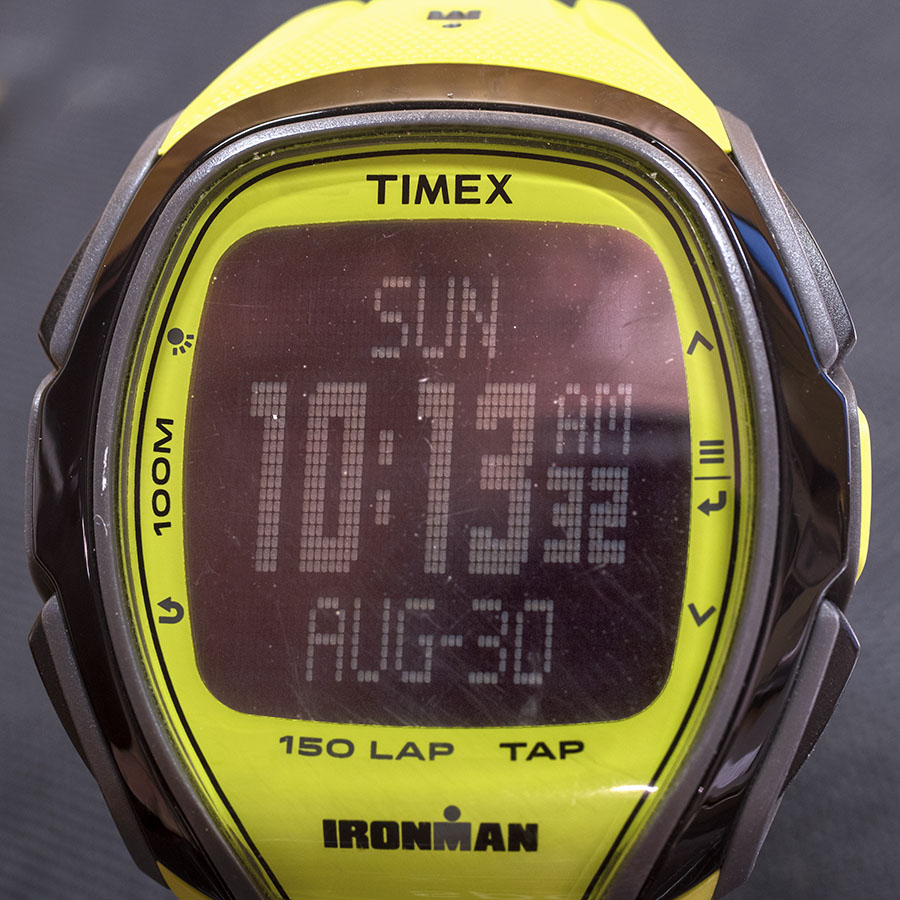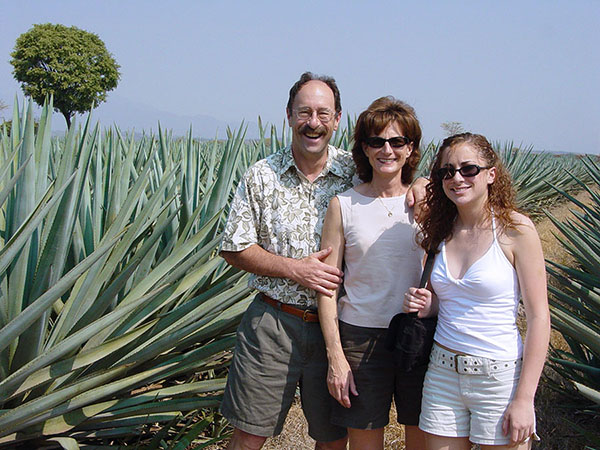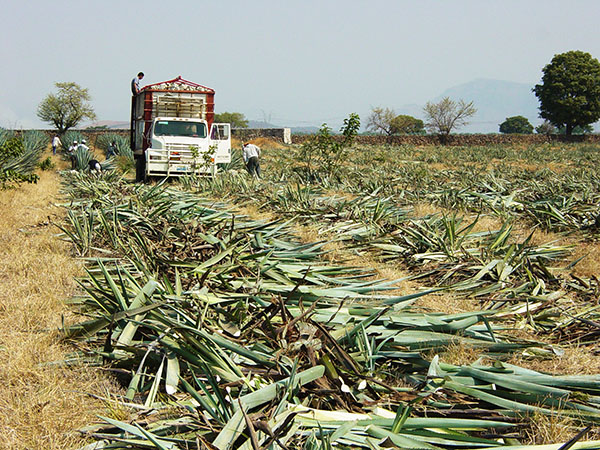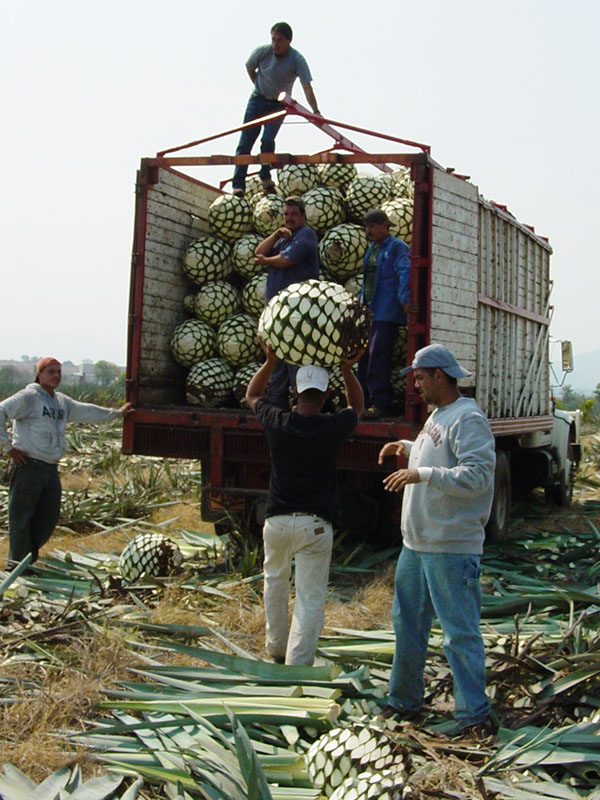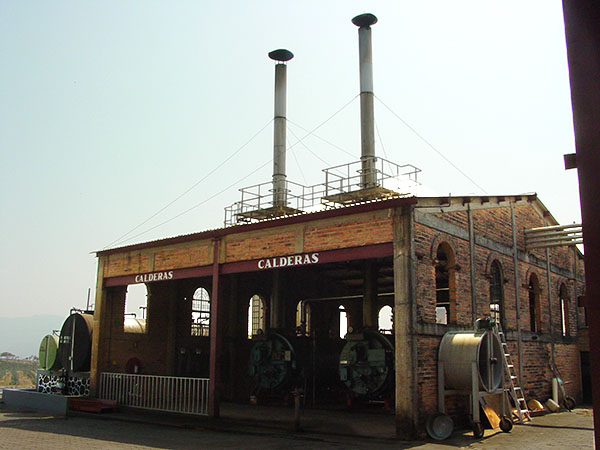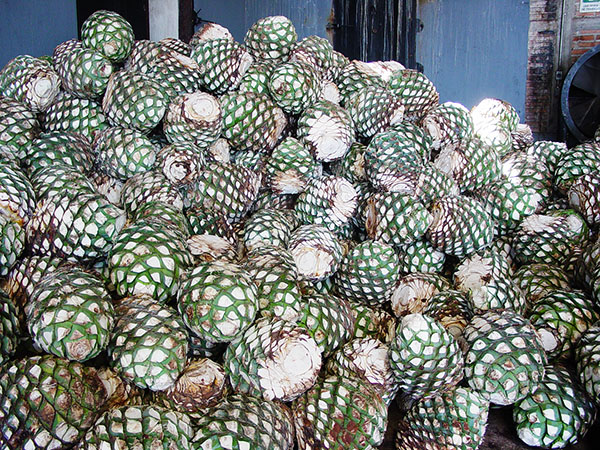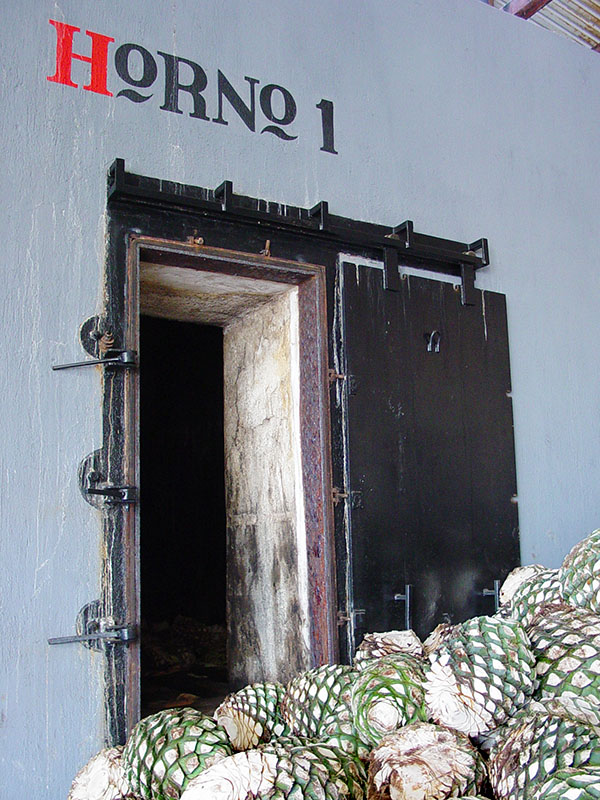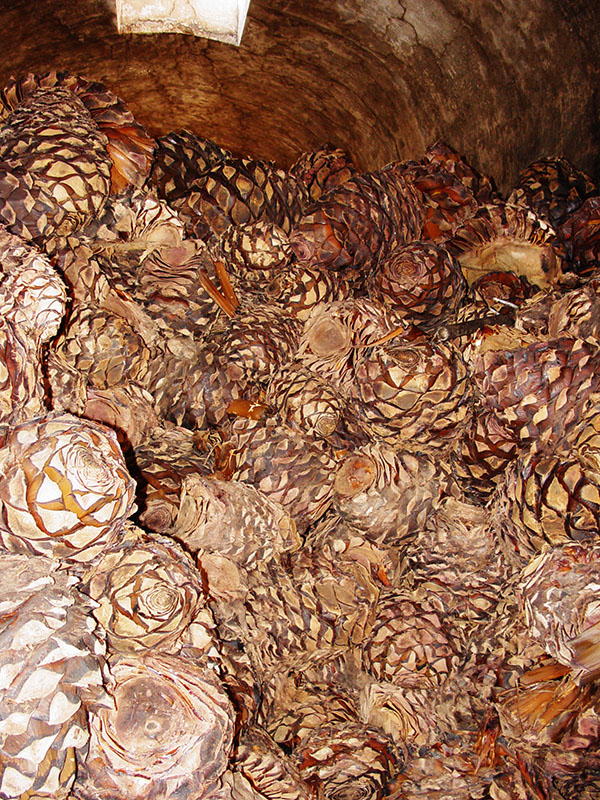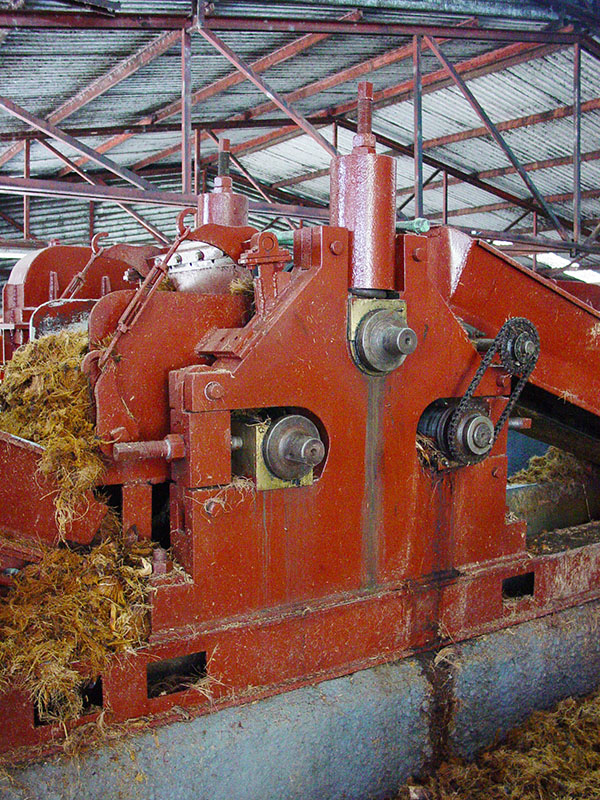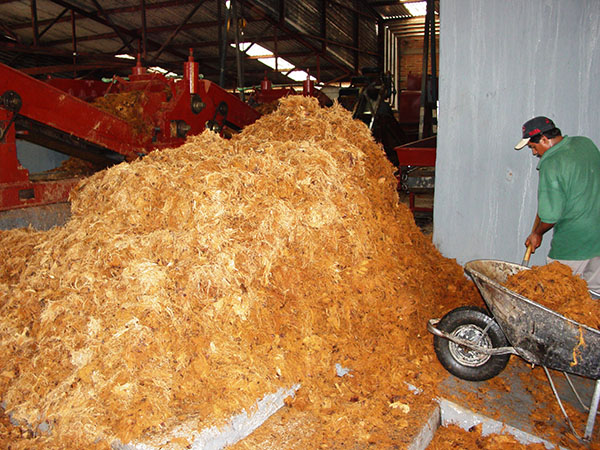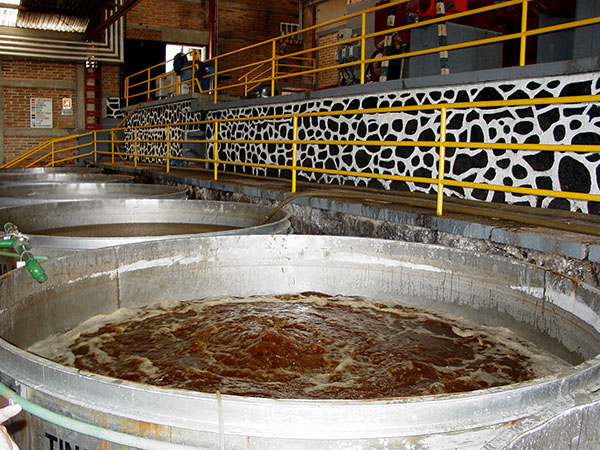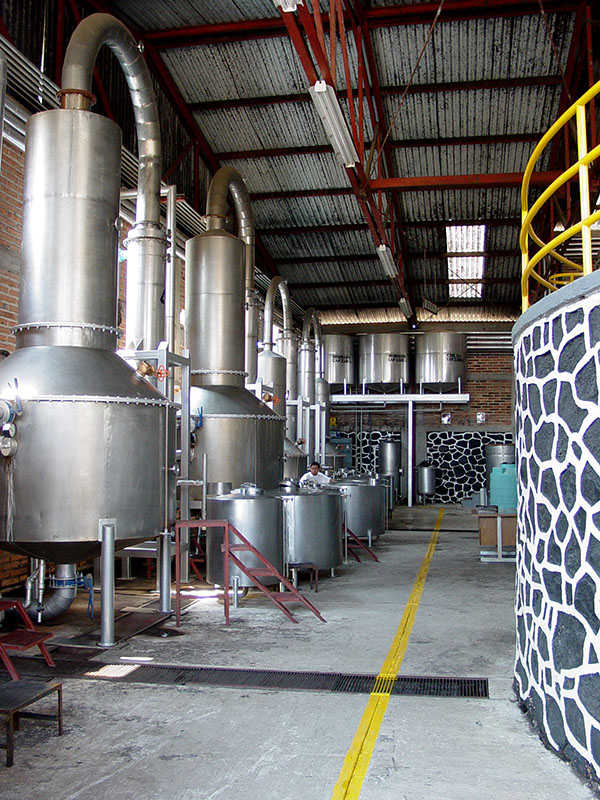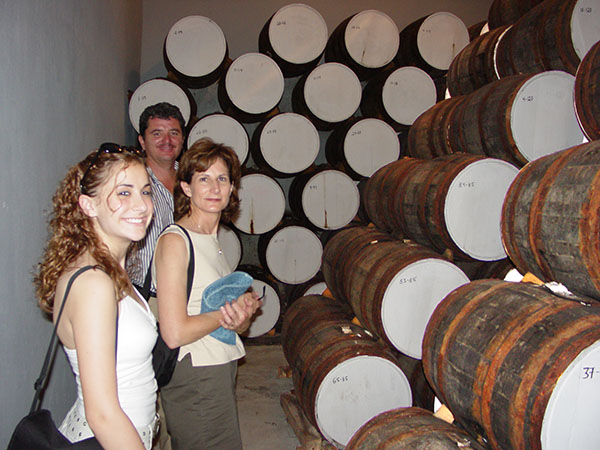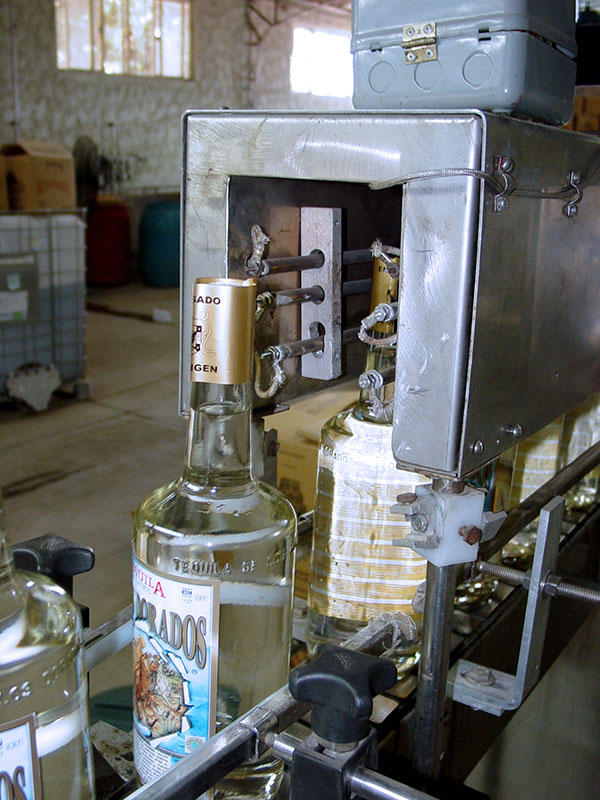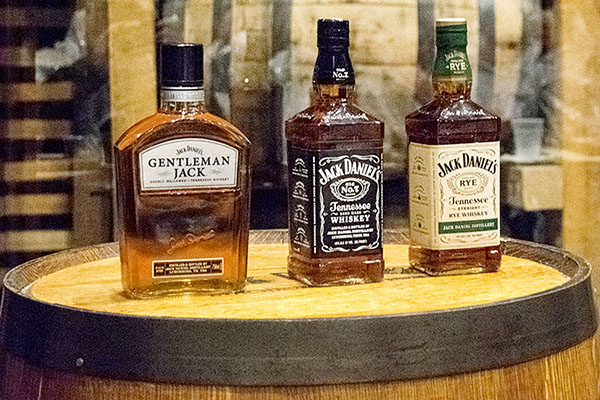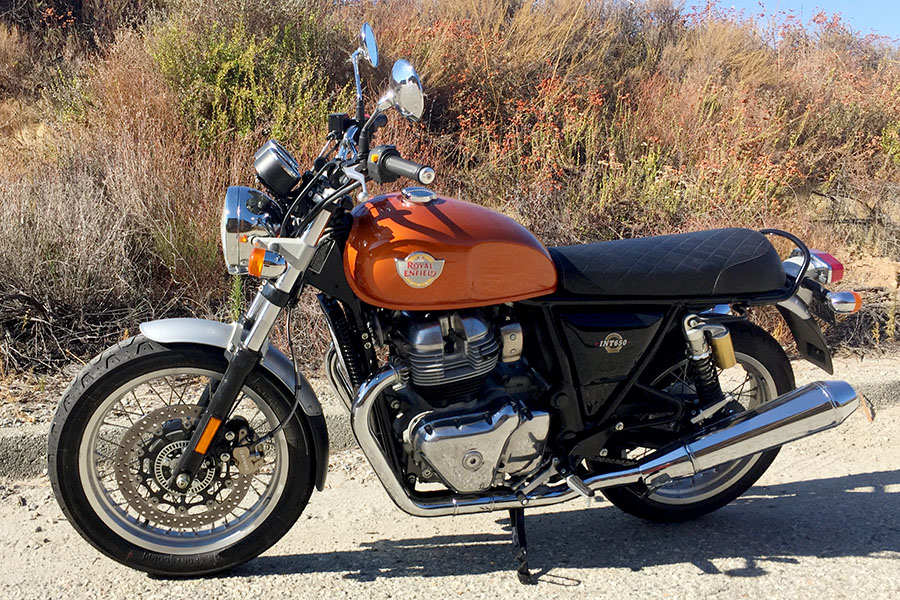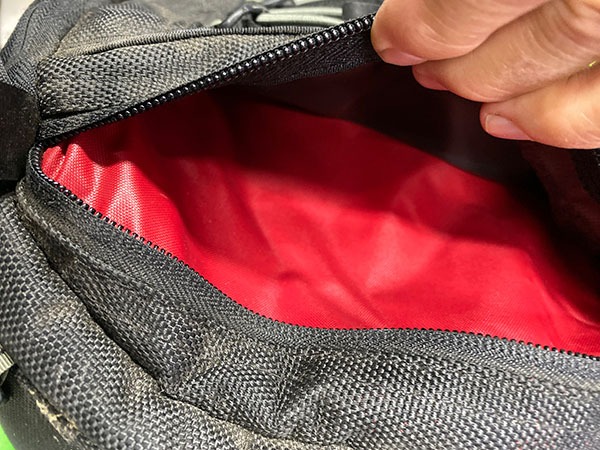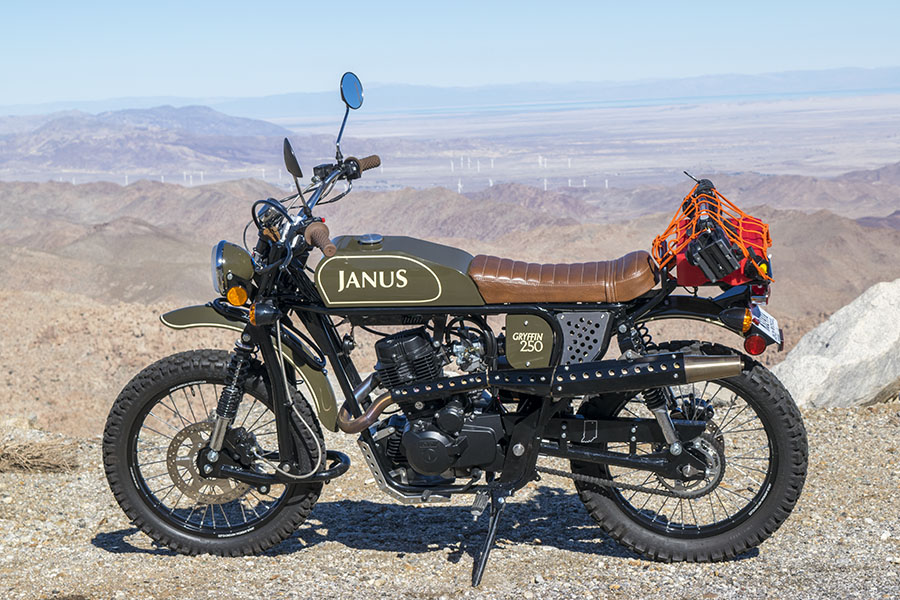My name is Joe and I’m a watchaholic.
It started for me when I was a kid and my parents bought me a Timex, and it’s never subsided. I can’t walk by a watch store or jewelry counter without stopping. Watch technology has jumped through several advances in my lifetime, and I’ve enjoyed them all. I like digital and I like analog watches, and I like that different watches work best for different applications (it gives me an excuse for buying one that, you know, I might need). I like the idea that I can order a watch from overseas that’s not marketed here in the US, and I like a lot of the watches that are marketed here. I travel overseas on a fairly regular basis, so I’m a sucker for a good-looking GMT watch (they’re the ones that allow you to see the time in two or three different places in the world simultaneously). I’ll do another blog about the GMTs at a later date. The focus of today’s blog is ride-specific watches. I tend to think of watches by major motorcycle adventures, and there are three I want to mention today.
Help us keep the lights on…please click on the popup ads!
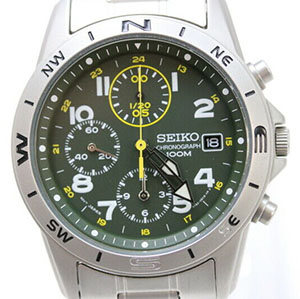 The first one I’ll mention is the green-faced, military-styled Seiko I wore on the Western America Adventure Ride. It’s a quartz watch and it’s not a model that was imported by Seiko’s US distributor (which doesn’t mean much these days; I ordered it new from a Hong Kong-based Ebay store and it was here in two days). But I like the fact that I’ve never seen anybody else wearing this model.
The first one I’ll mention is the green-faced, military-styled Seiko I wore on the Western America Adventure Ride. It’s a quartz watch and it’s not a model that was imported by Seiko’s US distributor (which doesn’t mean much these days; I ordered it new from a Hong Kong-based Ebay store and it was here in two days). But I like the fact that I’ve never seen anybody else wearing this model.
I bought the Seiko on an Ebay auction about 15 years ago, and I think I got it for something like $52 brand new. I like the style, I like its relative light weight, and I like the size (it’s the right size, not ridiculously-large like many watches today). The Seiko is impervious to wet weather and it has served me well. Just for grins, I tried to find it again on the Internet, and I only found one that was used in an Ebay auction, and it had already been bid up to over double what I paid for mine new. You might be wondering about the compass directions on the Seiko’s bezel. There’s a method of using those, the watch hands, and the sun to identify which way is north. I don’t need that feature, I don’t use it, and I’d have to read the directions to learn it again, but it’s cool to know it’s there. It’s kind of an Indiana Jones thing, I guess.
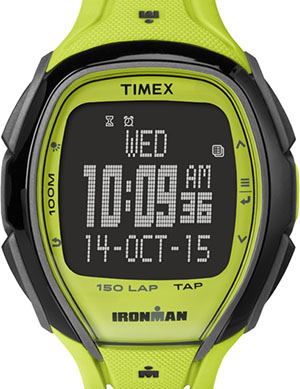 Next up is the safety-fluorescent-green Timex Ironman
Next up is the safety-fluorescent-green Timex Ironman I wore on the ride across China. I’d seen one at a Target department store and for reasons it would probably take a behavioral psychologist to explain, I decided it was one I had to have on the China ride. Gresh arrived in California a few days before we left for the China adventure, and we spent a good chunk of our pre-departure time running around to several different stores trying to find that watch. Maybe I thought it would match my riding jacket. Maybe I thought it would be good because you can light up the face at night (a feature that is very useful for finding your way to the latrine at night). Like I said…who knows? The Timex did a good job for me. It was bitter cold up on the Tibetan Plateau, hot in the Gobi Desert, hot and humid everywhere else, and it rained so hard at times I swore I saw a guy leading animals two-by-two into a Chinese ark. My Ironman
is still going strong on the original battery. Those Ironman watch batteries seem to last forever.
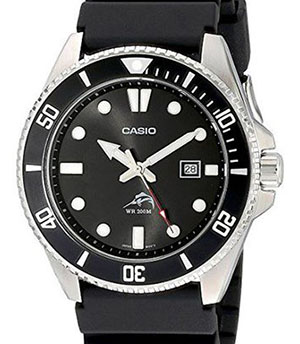 The last one is a Casio
The last one is a Casio Marlin diver’s watch. It has to be one of the best watch deals ever. I’m not a diver, and there are really no features (beyond telling time, luminescent hands, a rotating bezel, and a waterproof case) that I need, but I just like the thing. You can get a brand new Casio
Marlin for a scosh under $50, and folks, that’s a smoking good deal.
It rained like hell half the time we rode in Colombia, and the Casio never let me down. I vividly remember waiting for the ferry to arrive in Magangué for our cruise down the Magdelana River to Mompos when a Colombian boy came over to see what we were all about. He fixated on my Casio as we waited in sweltering heat under the shade of a very small tree. He finally touched the watch and simply said “good.” You know, I needed that watch on the trip (it was the only one I had with me), but if I had a spare, I would have given it to him. I still wear the Casio regularly. It’s just a good, basic, comfortable, and easy to read watch. It’s a favorite.
Watches, saws, generators, and more…it’s all on our ExhaustNotes Reviews page!

